A Conversation with Evan Rowley, CEO of Rowley Insurance
Published July 2025 by North Star Brokerage & Advisory
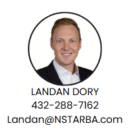
As RV park and campground owners face an increasingly complex operating environment—from rising costs and tightening regulations to changes in guest expectations and extreme weather events—insurance has emerged as one of the most volatile and often misunderstood components of running a park.
At North Star, we frequently hear from owners frustrated by unexpected premium hikes, opaque exclusions, and a dwindling list of carrier options. To bring more clarity to this critical issue, we sat down with Evan Rowley, President and CEO of Rowley Insurance, to discuss the state of the market and what park owners should know.
We’ve also included several insights not typically found in standard policy reviews—such as how lawsuit trends, fire station proximity, and even guest behavior patterns can dramatically influence your ability to secure or renew insurance.
Who Is Evan Rowley?
Evan Rowley is a third-generation insurance professional and the current president of Rowley Insurance, an independent insurance agency based in Austin, Texas. Originally founded in 1948 by his grandfather, Rowley Insurance began serving personal and commercial insurance clients across Texas. In the 1960’s, the firm began specializing in insuring RV parks and campgrounds across the country. Today, it is one of the few agencies in the nation that focuses almost exclusively on this sector, and is the largest insurer of RV parks in Texas.

Evan personally leads many of the conversations with underwriters, reviews hundreds of policies each year, and has seen firsthand how the RV park insurance market has shifted over time
“Insurance for RV parks is an ever-changing landscape and a really niche field. Having an agent that understands RV parks and the insurance marketplace is paramount for getting the best coverage and rates available.”
Why Insurance Is Changing: Understanding the "Hard Market"
Evan emphasized that we are currently experiencing a prolonged “hard market”—a period of increased premiums, tightened underwriting, and reduced availability. It has made insurance harder to obtain and more expensive even for clean, claim-free parks.
“A wildfire in California or a hurricane in Florida impacts every park in the country. Insurance is pooled across large regions. So everyone shares the cost of catastrophic losses.“
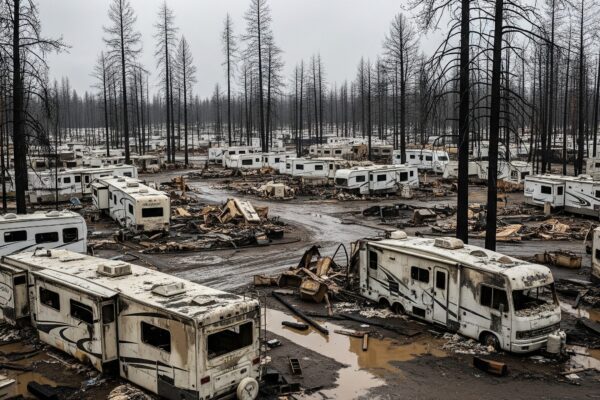
The reasons for this are multifaceted:
- Increased catastrophic weather events (wildfires, hurricanes, floods)
- Litigation and higher claim payouts (often driven by social inflation and legal system changes)
- Increased selectivity from carriers willing to underwrite campgrounds or parks
“Carriers are being more selective. They’re scrutinizing things like property age, location, amenities, and even the types of guests you attract. This isn’t going away soon.“
Coverages That Matter (and Are Often Overlooked)
Many owners mistakenly assume that a general liability or property policy will cover everything. In reality, that’s not always the case.
- General Liability: This is the baseline coverage. It generally protects against injuries or property damage to third-parties. It never pays park owners, only third-parties.
- Commercial Property: Covers park-owned buildings, structures, signage, and certain physical assets that are specifically listed on the policy. If it’s not listed, it’s not covered. Property coverage also typically excludes underground infrastructure (pipes, wires).
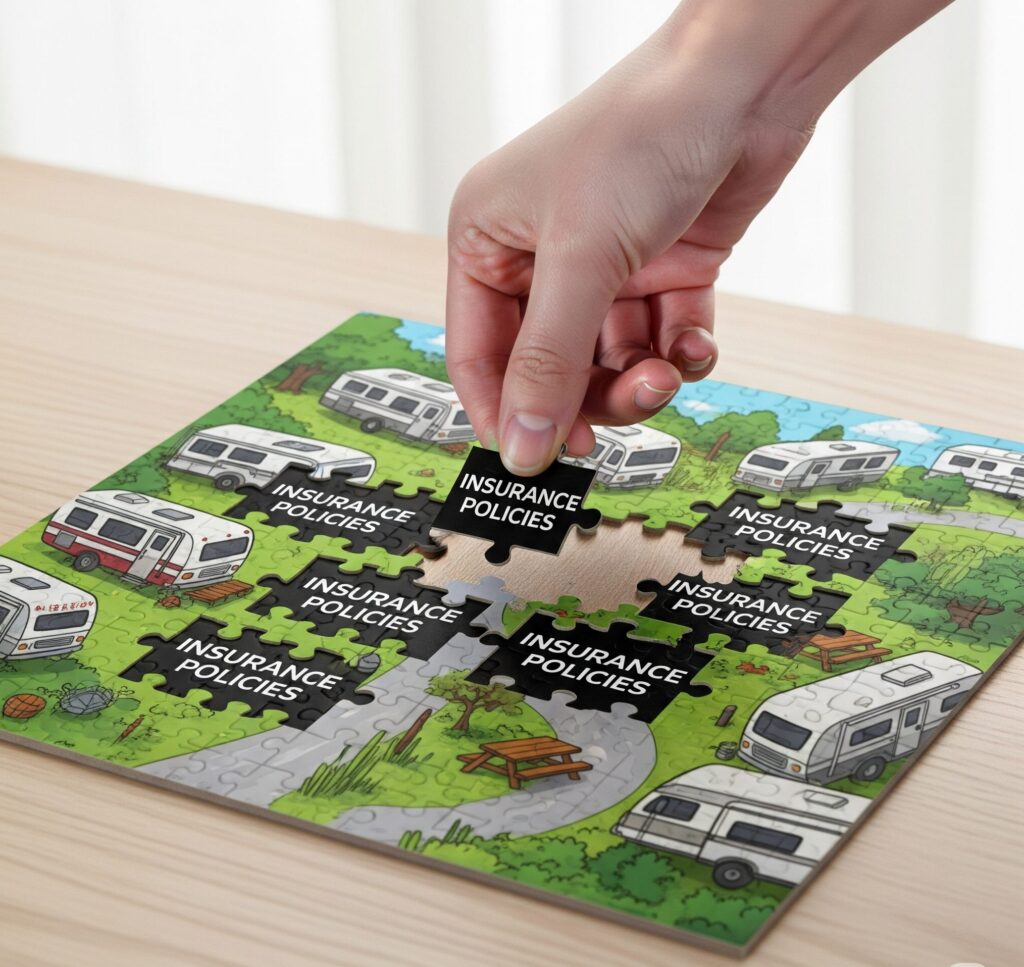
- Workers’ Compensation: Recommended even if you use work campers or 1099 contractors. If you control the schedule or duties, you may be liable regardless of classification.
- Umbrella/Excess Liability Insurance: Adds additional protection beyond $1M limits. Highly recommended for larger parks or those with higher traffic.
“Owners should think of insurance like a menu. Not every policy fits every park. The goal is to customize based on how you operate.”
Common Pitfalls and Costly Mistakes
Evan sees the same oversights again and again—and they often result in denied claims or severe underpayments:
- Undervaluing buildings: If you list a structure at $100K but the rebuild cost is $180K, you might only get a partial payout. Nearly all carriers apply coinsurance penalties for underreporting values.
- Not updating policies after improvements: New cabins, added fencing, or infrastructure upgrades? If your agent doesn’t know, your carrier doesn’t either.
- Overlooking structures that aren’t named: If it’s not specifically listed for property coverage, assume it’s not covered for damages. This is most commonly fences, gates, or other non-buildings..
- Filing too many small claims: This was one of Evan’s biggest flags:
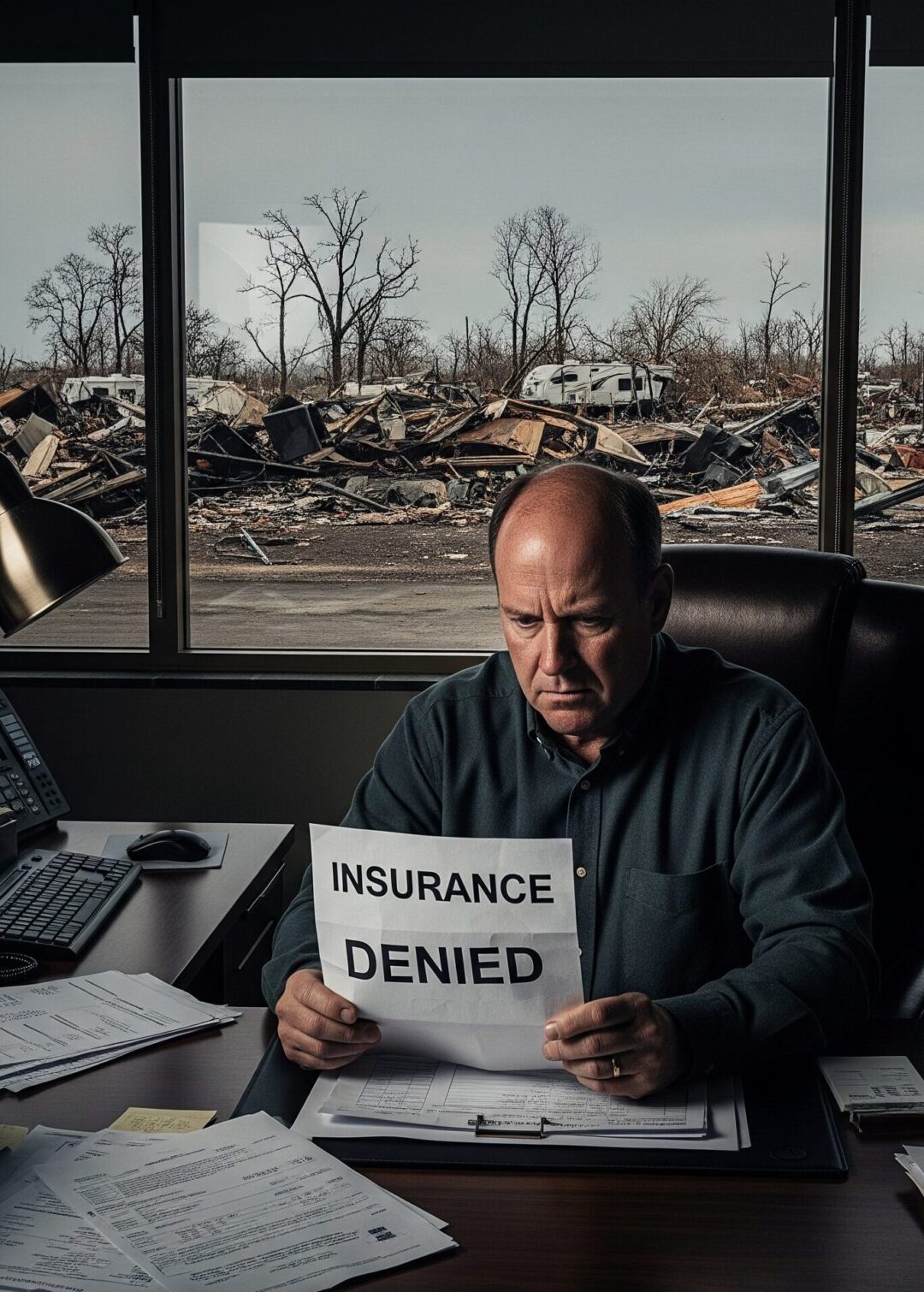
“Four $3,000 claims can potentially hurt you more than one $25,000 claim. If you can afford to eat the smaller claims, it can keep your loss history clean.”
What You Can Do to Control Costs or Improve Options
While you may not be able to control the overall market, there are smart steps park owners can take:
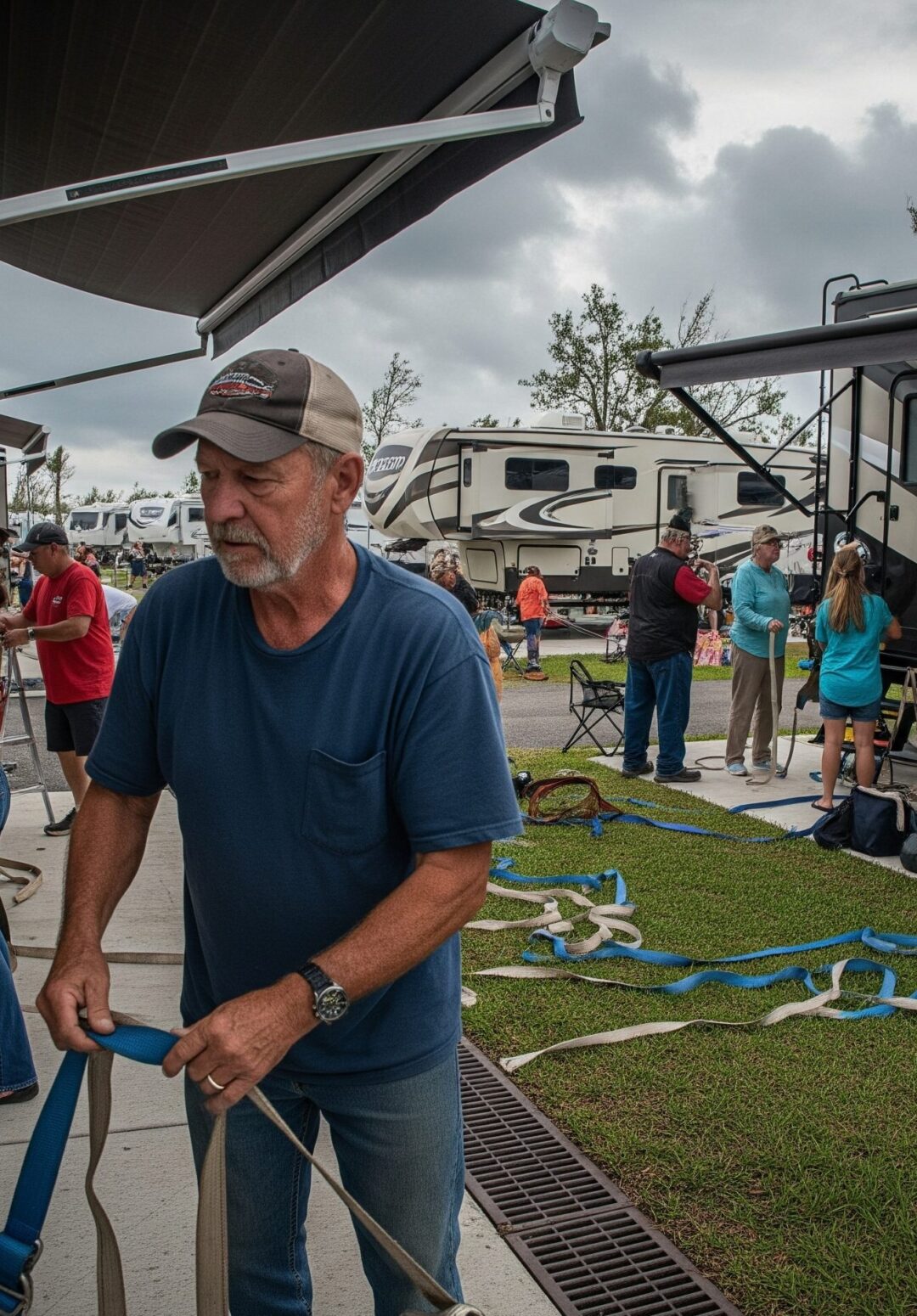
- Eliminate high-risk amenities: Zip lines, ATV rentals, and jumping pads/pillows may disqualify you from many carriers. If you don’t want to remove them, you’ll need to find a specialty market—and pay more.
- Emphasize short-term stays: Transient guests are viewed as lower risk than long-term tenants. Parks with a high percentage of month-to-month or annual guests may have less options on the market.
- Invest in fire protection: Carriers want to see:
- Hydrants within 1,000 feet
- Fire stations within five miles
- Cleared brush and documented prevention plans
- Hydrants within 1,000 feet
“If you’re in a wildfire zone with no fire station nearby, you’re in the hardest spot. The best thing you can do is demonstrate that you’re thinking about risk and managing it.”
- Prioritize upkeep and cleanliness: Underwriters often use Google Street View and your website to assess your park. If your entrance is overgrown or full of old vehicles, or your website has outdated information, that first impression can hurt your odds.
Renewals and Shopping Coverage: Best Practices
Evan recommends being proactive and organized when approaching renewal:
- Start the conversation 60 days out – most carriers will not release quotes until about 30 days, but you can start by contacting your agent and reviewing what to expect.
- Get your loss runs (claim history) from your current agent if you are planning to shop for other options.
- Set time aside to review your renewal
- Reassess replacement cost values for your buildings and property each year, especially post-COVID when material costs skyrocketed
- Clarify your operations: Underwriters may ask:
- Are you open year-round?
- How many guests are long-term?
- Are amenities maintained regularly?
- Are you open year-round?
“Renewals are a good time to review your coverage details. Proactively talking to your agent about when you can set up time to do that is best. We sometimes don’t get renewal quotes until 2-3 weeks from renewal and can have a quick turnaround.”

Also important:
- Shop policies through your agent and outside of them if needed: Some carriers are only accessible through specific brokers. Be transparent about your intentions and communicate clearly.
- Have documentation ready: Photos of infrastructure, maintenance logs, and an up-to-date site map can all make a difference in how underwriters view your risk.
What’s Ahead: The Next 1–3 Years
Looking forward, Evan expects the market to remain hard, especially in certain geographic regions:
- Wildfire-prone areas will continue to have high rates
- Rates could continue rising across most classes of coverage
- Inspections and documentation will be more frequent
“Predicting the market over the next 1-3 years is challenging, and a drastic change from the current hard market is unlikely in that timeframe. However, the insurance industry overall is known to ebb and flow. Major disasters can further delay any potential cooling of the market, and it’s hard to say when it may happen, but it is likely to soften and calm down with time.“
Bonus Context: Flood Insurance and Why It’s Separate
Flood is not covered under a standard commercial property policy. It must be purchased separately, typically through:
- FEMA’s National Flood Insurance Program (NFIP)
- Private flood markets, which may be more expensive or have higher limits
Even if you’ve never had a flood claim, location matters:
“If your park is within a FEMA flood zone, your lender will likely require a flood policy. It won’t impact your general liability coverage, but it will affect your total cost.”
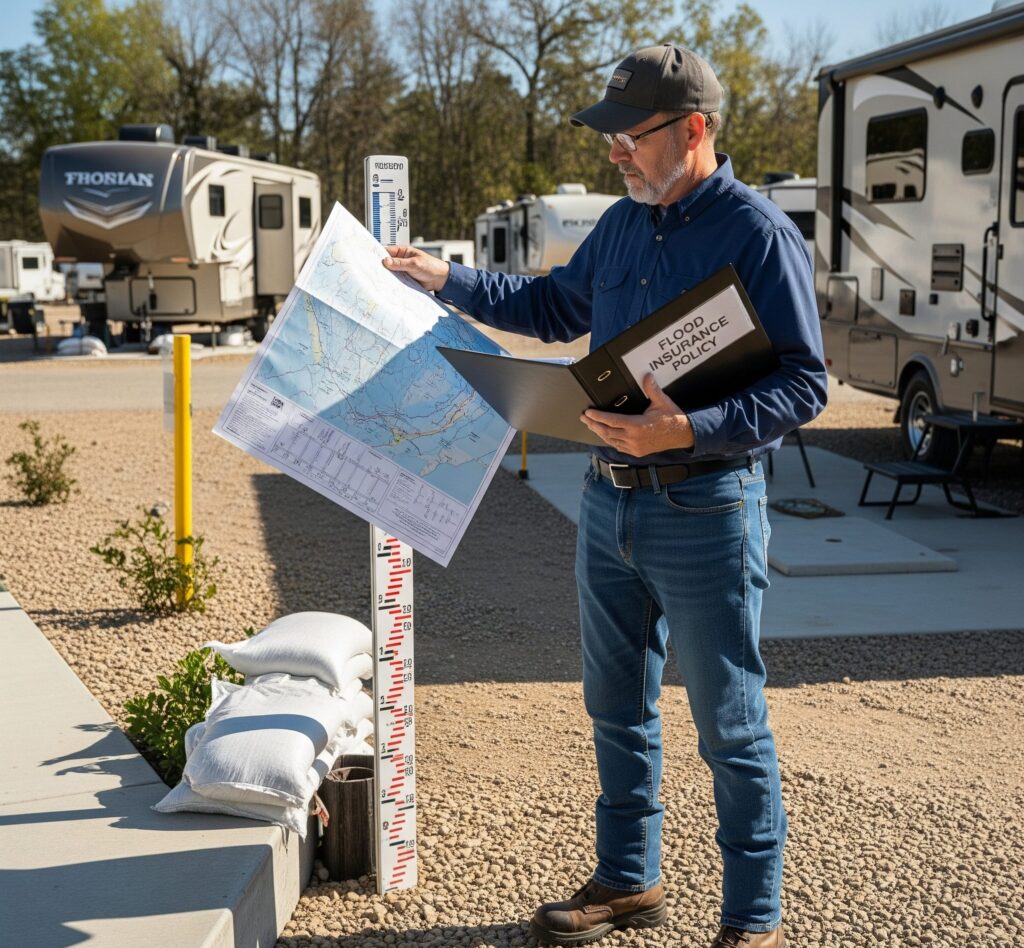
Final Takeaways
Evan’s closing advice was simple:
- Take ownership of the process
- Tell your story clearly and completely
- Work with a specialist who knows RV parks
“Your policy is only as good as the communication between you and your agent. If we understand your park, we can find you the right protection.”

Evan’s closing advice was simple:
- Take ownership of the process
- Tell your story clearly and completely
- Work with a specialist who knows RV parks
“Your policy is only as good as the communication between you and your agent. If we understand your park, we can find you the right protection.”
Also important:
- Insure each park individually: Unless the parks are physically adjacent and share infrastructure, most carriers require separate policies.
- Be Upfront Carriers will inspect the park so it’s better to know about any concerns or questions out of the gate so we can advise correctly
About Rowley Insurance

Rowley Insurance is an independent insurance agency based in Austin, TX, serving clients across the U.S. Founded in 1948 and now led by third-generation broker Evan Rowley, the firm specializes in outdoor hospitality, including RV parks, campgrounds, and glamping resorts. Rowley Insurance offers tailored coverage, proactive service, and decades of niche expertise.
Learn more at rowleyinsurance.com or contact Evan directly for a policy review.
Need Help?
If you’d like a personal introduction to Evan or help reviewing your current policy before renewal, reach out to the team at North Star Brokerage & Advisory. We’re here to ensure your insurance strategy matches your investment—so you’re not left exposed when it matters most.

Previous Post
How the “One Big Beautiful Bill” Could Impact Park Owners and Investors
Next Post
New Tax Law Brings Major Wins for RV and Mobile Home Park Investors
